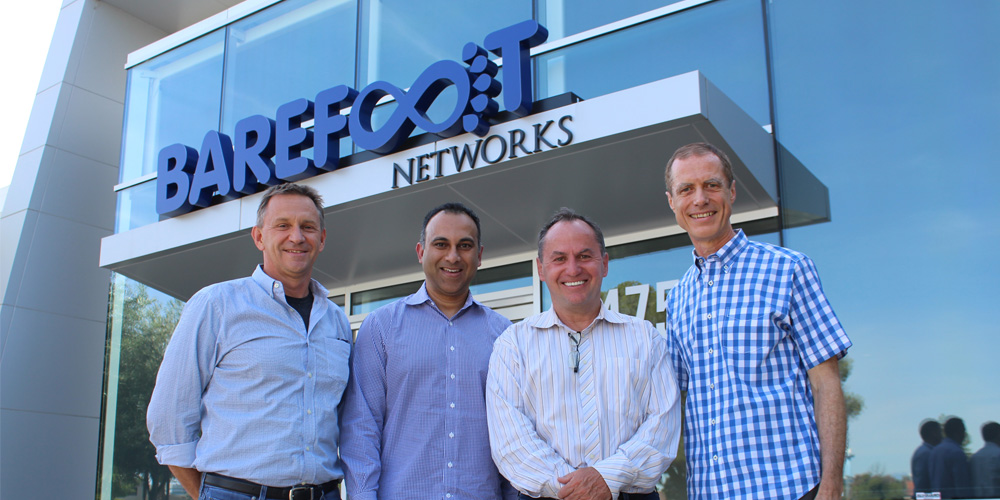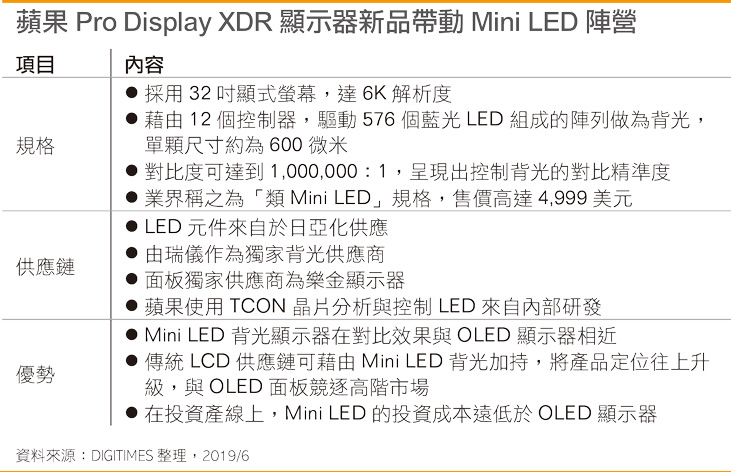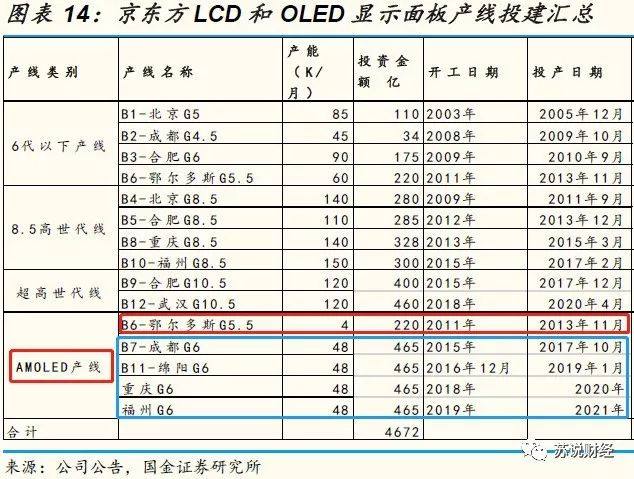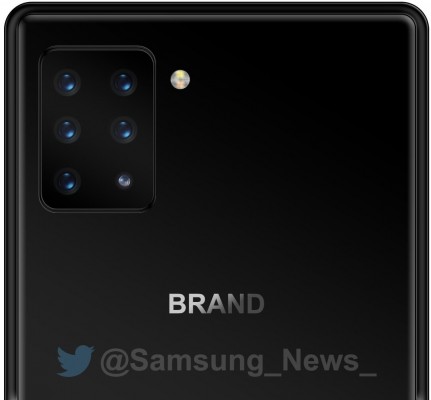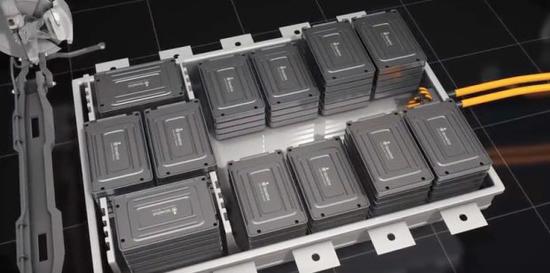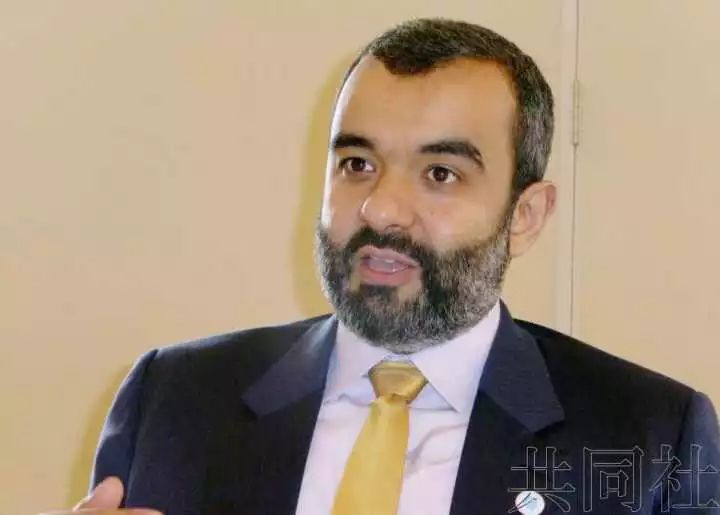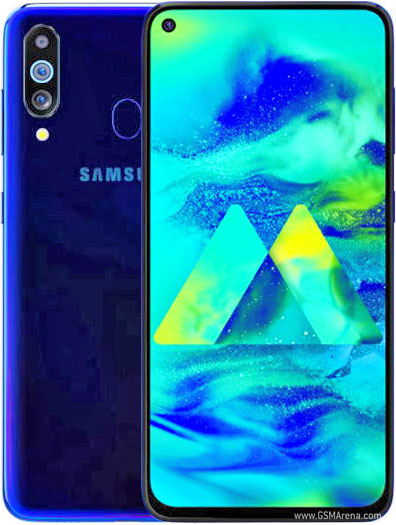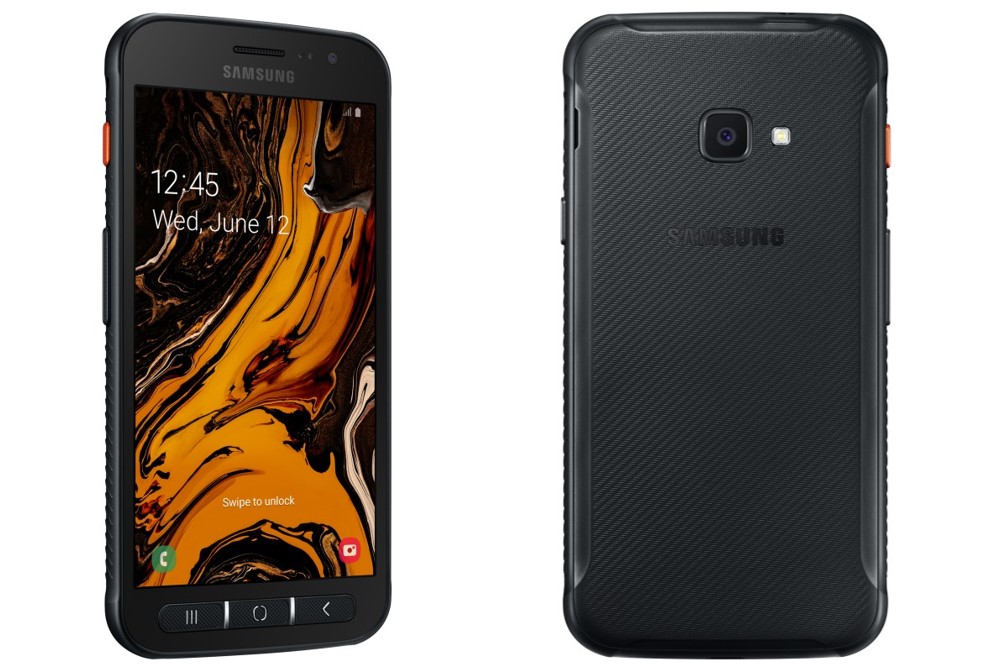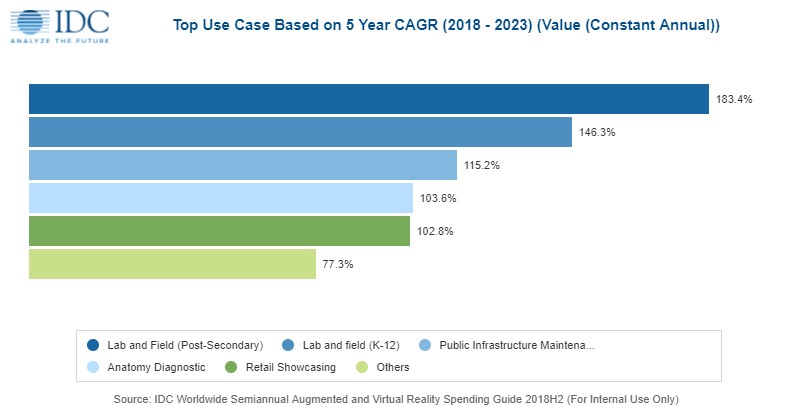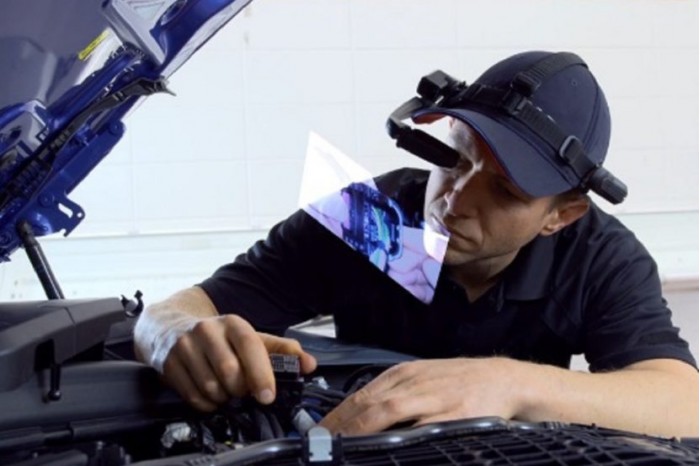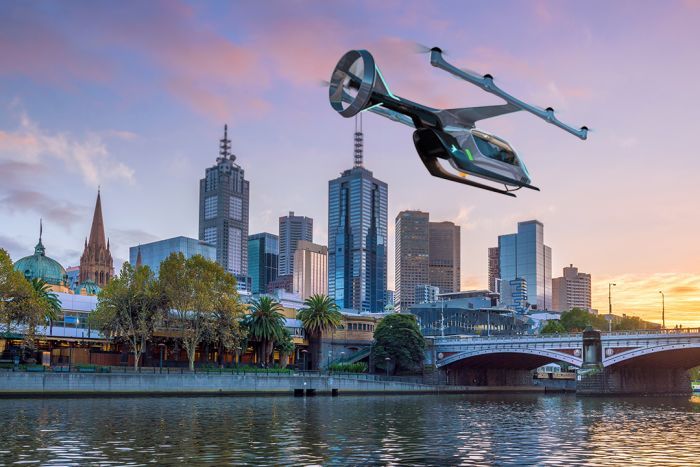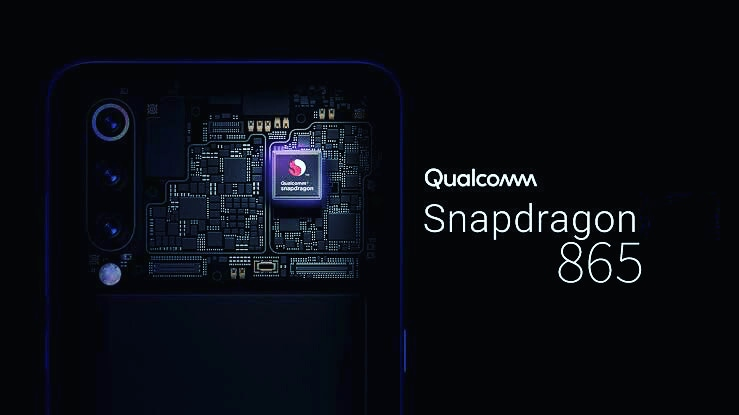
06-12: Apple is reportedly in talks to buy a key section of Intel’s smartphone modem business; Huawei is allegedly working with European, Japanese and Chinese car companies; etc.
Chipsets
Apple is reportedly in talks to buy a key section of Intel’s smartphone modem business, a division that effectively shut down after Apple and Qualcomm settled their worldwide legal dispute in Apr 2019. (Apple Insider, The Information)
Samsung will reportedly start the manufacture of Qualcomm Snapdragon 865 by the end of 2019. It will be manufactured on the 7nm ultra-violet (EUV) process with high throughput. With an initial monthly wafer input of around 18,000, production will commence at Samsung’s Hwaseong 17 line. (GizChina, Digitimes, Sam Mobile, The Elec)
Broadcom has confirmed plans to extend its supply deal with Apple for another 2 years. Broadcom will be supplying “specified, radio-frequency (RF) front end components and modules for Apple’s smartphones, tablets and watches”. (CN Beta, Market Watch, Apple Insider)
Intel has disclosed it has signed an agreement to acquire Barefoot Networks, a supplier of Ethernet switch silicon and software for use in the data center. (Digitimes, Intel, WSJ CN, Infoq, EET China)
HiSilicon, Huawei’s chip design subsidiary, will likely fail to beat MediaTek and become the largest Asia-based fabless chipmaker in 2019 as its shipment growth will be affected negatively by the US trade restrictions on its parent company. MediaTek continues to further diversify its customer portfolio and target markets, and it is optimistic about its future growth. (Digitimes, press, Digitimes, press)
Touch Display
Apple’s USD4,999 Pro Display XDR is built using LED components from Japan-based Nichia, LED backlit unit from Taiwan’s Radiant Opto-Electronics, display panels from LG Display, and TCON (timing controller) ICs developed in-house at Apple, according to Digitimes. (Digitimes, press, Digitimes, press)
BOE emphasizes that it has a good strategic partnership with Huawei. BOE has said that they already have four Gen-6 line flexible AMOLED production lines, of which the Gen-6 AMOLED production line in Chengdu has started mass production, with a design capacity of 48K/month. The Gen-6 AMOLED production line in Mianyang is expected to enter mass production in the 2H19. The design capacity is also 48K/month, costing CNY46.5B. The two production lines that are still under construction are located in Chongqing and Fuzhou respectively, and the investment scale is similar to the previous two production lines, both of which are around CNY46.5B. (My Drivers, CN Beta)
Camera
Sony is reportedly working on an Xperia smartphone with rear hexa cameras. It is reported that this smartphone is under development, and will be launched in 1Q20. (Pocket-Lint, GSM Arena, CN Beta)
Battery
StoreDot is developing a new type of electric-car battery consisting of proprietary organic compounds – based on the innovative materials used in its flash battery for mobile devices. The EV flash battery enables full charge in 5 minutes. StoreDot’s scooter batteries will not be ready for retail sales until 2021. (CN Beta, Globes, Electrek, Auto Channel)
Connectivity
The Japanese government has confirmed plans to develop an app capable of reading NFC tags on “My Number Cards”, or Individual Number Cards, fall in 2019, streamlining related processes like filing tax returns. Masanori Kusunoki, Executive Advisor to the Government Chief Information Officer, has confirmed that Apple iPhone owners will soon be able to use the handset to read the NFC tag on their My Number Card. (CN Beta, Apple Insider, Nikkei)
Saudi Arabia’s technology minister, Abdullah bin Amer al-Swaha, has indicated that he sees no problem with using products made by Huawei. (Mainichi, Gizmo China, Sina, Zaobao, Sohu)
Phone
Shao Yang, chief strategy officer of Huawei Consumer Business Group, has revealed that the company will need more time to become the world’s largest smartphone maker, a goal it originally aimed to achieve in 4Q19. He has also revealed that Huawei currently sells 500K~600K smartphones a day. (GizChina, Phone Arena, Reuters, TechRadar, NY Times, My Drivers)
HTC China General Manager, Chen Baiyu, has revealed that HTC will have new machines in 2H19, but he has not say whether this phone will be a flagship model. (GizChina, My Drivers)
Samsung Galaxy M40 is announced in India – 6.3” 1080×2340 FHD+ Infinity-O IPS, Qualcomm Snapdragon 675, rear tri 32MP-8MP ultrawide-5MP + front 16MP camera on display, 4+64 / 6+128GB, Android 9.0, rear fingerprint scanner, 3500mAh 15W, INR19,990 (USD288). (GizChina, Gizmo China, GSM Arena, Samsung)
Samsung Galaxy XCover 4s is announced – 5” 720×1280 HD+ TFT, Samsung Exynos 7885, rear 13MP + front 5MP, 3+32GB, Android 9.0, no fingerprint scanner, IP68 rated, 2800mAh, EUR300. (Gizmo China, GSM Arena)
LG X6 is launched in Korea – 6.26” 1520×720 HD+ FullVision, MediaTek Helio P22 MT6762, rear tri 16MP wide-5MP ultrawide-2MP + front 13MP, 3+64GB, Android 9.0, rear fingerprint scanner, 3500mAh, KRW349,800 (USD300). (GizChina, LG, NDTV)
PC / Tablets
Honor announces two Honor Pad 5 tablets for India: Pad 5 8 – 8” 1920×1200 IPS, Huawei Kirin 710, rear 8MP + front 8MP, 3+32 / 4+64GB, Android 9.0, LTE optional, INR15,499 (USD225) / INR17,499 (USD251). Pad 5 10.1 – 10.1” 1920×1200 IPS, Huawei Kirin 659, rear 8MP + front 2MP, 3+32 / 4+64GB, Android 8.0, INR16,999 (USD244) / INR18,999 (USD275). (GSM Arena, GizChina)
Augmented / Virtual Reality
Worldwide spending on augmented reality and virtual reality (AR/VR) is forecast to reach USD160B in 2023, up significantly from the USD16.8B forecast for 2019. According to IDC, the 5-year compound annual growth rate (CAGR) for AR/VR spending will be 78.3%. IDC expects much of the growth in AR/VR spending will be driven by accelerating investments from the commercial and public sectors. (Gizmo China, IDC, press)
BMW has developed a new set of smart glasses for its dealership technicians. The TSARAVision Smart Glasses, named after BMW’s new online case-reporting system TSARA, can be used to speed up diagnostic and repair procedures by offering up everything a tech needs without having to thumb through physical manuals or pick up a phone. (CN Beta, Sohu, CNET, BMW Blog)
Automotive
Huawei is allegedly working with European, Japanese and Chinese car companies—including Audi, which is owned by Germany’s Volkswagen; GAC Toyota Moto—to launch self-driving vehicles as early as 2021 as it seeks to move beyond its traditional telecoms equipment industry to embrace a broader range of artificial intelligence products. (CN Beta, Financial Times)
Uber has already named Los Angeles and Dallas as pilot cities for its UberAir aerial rideshare program, and again has announced that it is adding a third city: Melbourne, Australia. Uber plans on starting test flights as early as 2020 and hopes to have the program commercially viable and available to the public by 2023. (CN Beta, DoNews, CNET)
U.S. Department of Transportation Secretary Elaine Chao has shared a total overall figure for ongoing testing of autonomous vehicles on U.S roads: More than 1,400 self-driving cars, trucks and other vehicles are currently in testing by more than 80 companies across 36 U.S. states, plus DC itself. (TechCrunch, Teller China)
